(1)Hanji that has endured for 8,000 years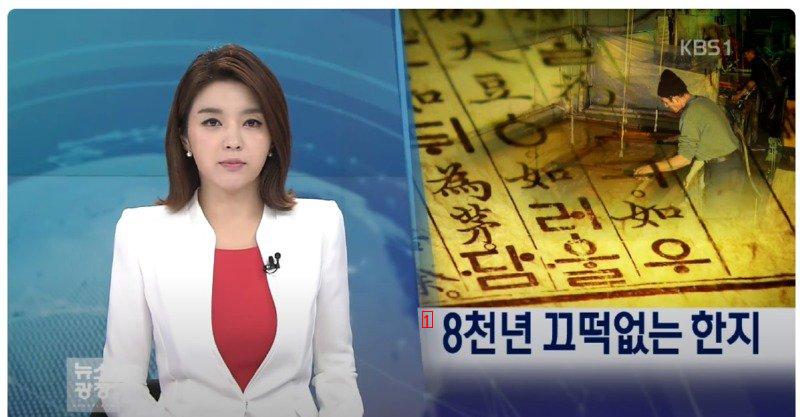
image text translation
An Italian research institute announced that the durability of Hanji is 8,000 years.
Washi (traditional Japanese paper) was created in 1750.
(No. 1 Korea
2nd place Japan
3rd China)
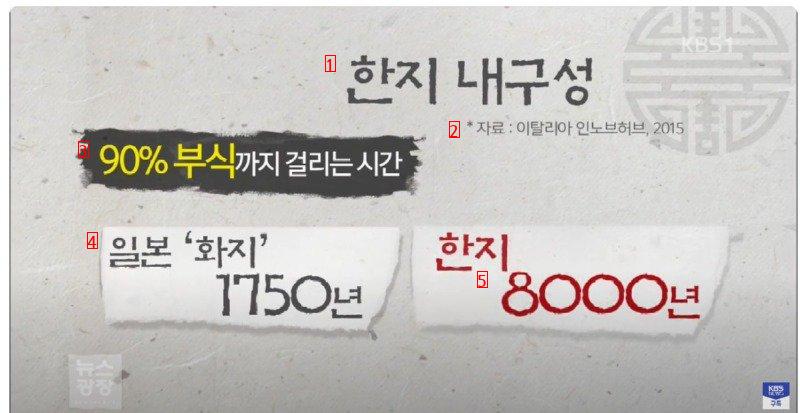
image text translation
(1)Hanji durability
(2)*Data: Italian Nob Hub, 2015
(3)Time to 90% corrosion
(4)Japanese ‘Waji’
(5)8000 years
Japanese ‘washi’ is famous as the ‘best paper’ in the world.
however
In recent years, people around the world have become aware of Korean hanji.
It was evaluated as a paper that was much better than Japanese ‘washi’.
Hanji gradually began to be used in the restoration of major cultural assets around the world.
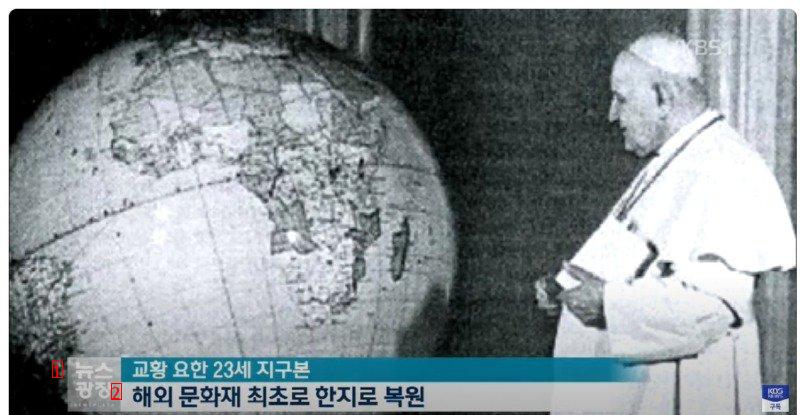
image text translation
(1)News Pope John XXIII Globe
(2)The first overseas cultural property to be restored with Hanji
Source above
https://www.youtube.com/watch?v=pc1YEHTAjkw
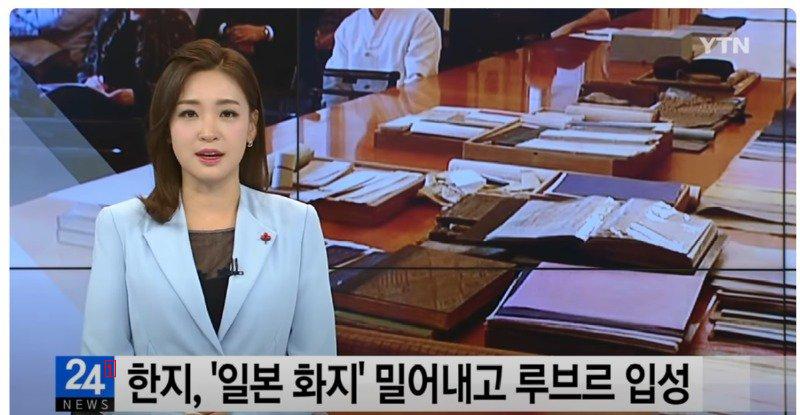
image text translation
(1)Hanji enters the Louvre, pushing out ‘Japanese washi’
The Louvre Museum in France also uses Korean hanji to restore artifacts.
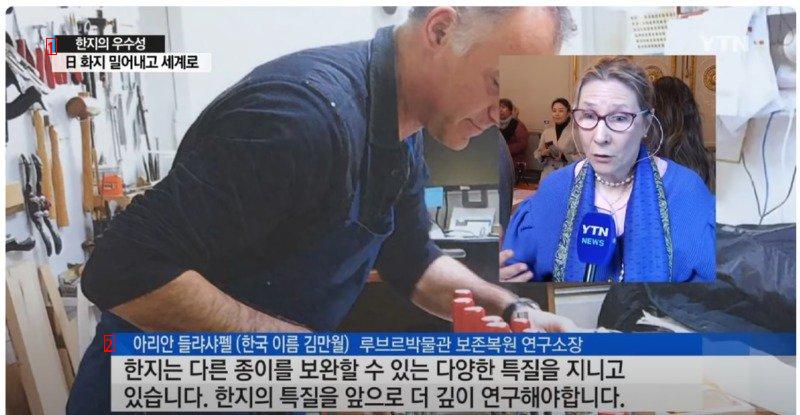
image text translation
(1)The excellence of Hanji pushes out Japanese paper and spreads to the world
(2)Ariandla Chapel (Korean name Kim Man-wol) Director of the Louvre Museum Conservation and Restoration Research Institute Hanji has various characteristics that can complement other papers. The characteristics of Hanji need to be studied more deeply in the future.
(1)The excellence of Hanji pushes out Japanese paper and spreads to the world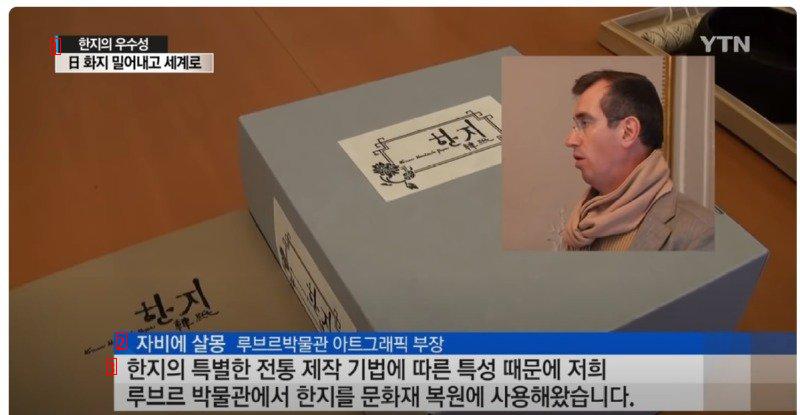
image text translation
(2)Xavier Salmon, Head of Art Graphics, Louvre Museum
(3)Because of the special characteristics of Hanji and its traditional production techniques, the Louvre Museum has been using Hanji to restore cultural properties.
https://www.youtube.com/watch?v=qyKIgAyFEt8
Italian research institutes also issue certificates.

image text translation
(1)The Central Research Institute for the Conservation and Restoration of the Italian National Documentary Heritage is
(1)SBS News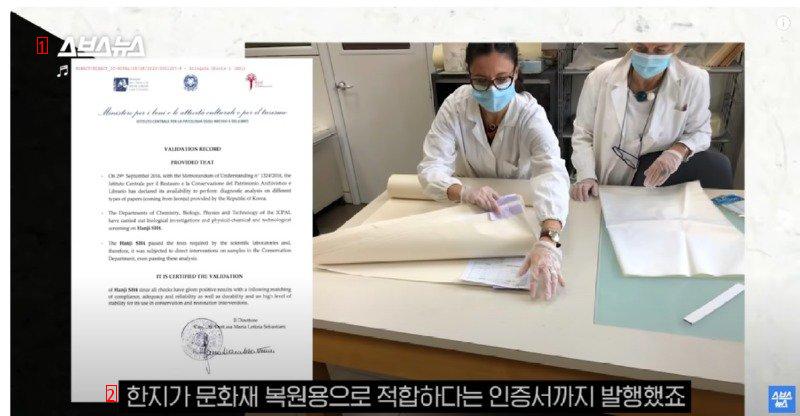
image text translation
(2)They even issued a certificate stating that Hanji is suitable for the restoration of cultural properties.
Why has Japanese traditional paper, washi, been called the world’s best paper?
This is because people around the world did not know much about Korean hanji and only knew about Japan.

image text translation
(1)Hyuna Lim, Director of Research and Development, Hanji Industry Support Center
(2)I used washi paper because it was widely available (overseas).
(1)(Japanese) Rather than any outstanding performance of washi,
image text translation
(1)In my opinion, the paper was well marketed.
image text translation
(1)SBS News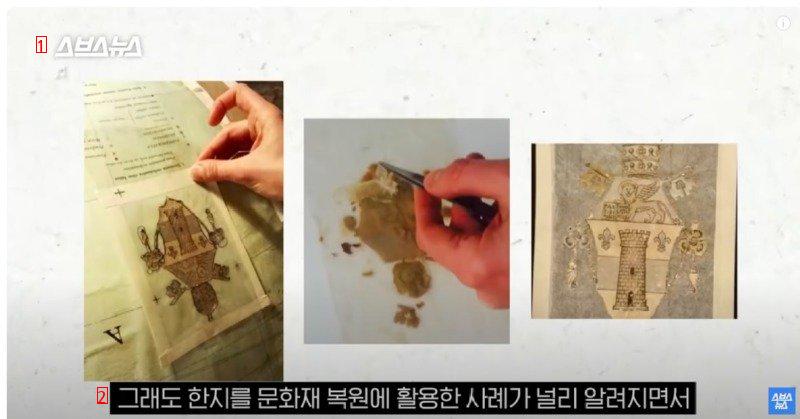
image text translation
(2)However, as cases of using Hanji in the restoration of cultural assets became widely known,
(1)SBS News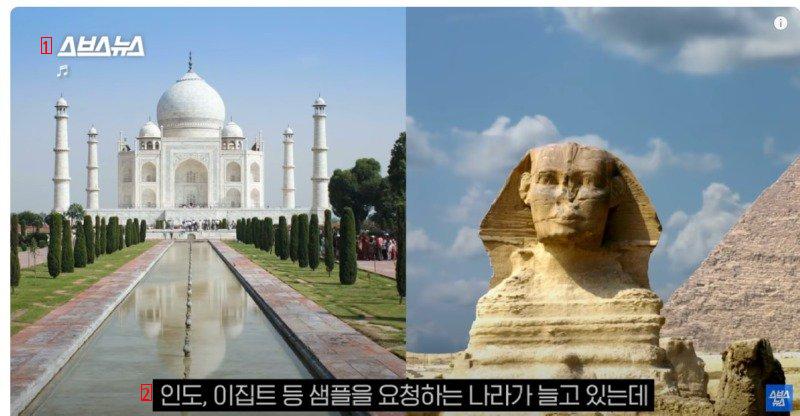
image text translation
(2)The number of countries requesting samples, such as India and Egypt, is increasing.
(1)SBS News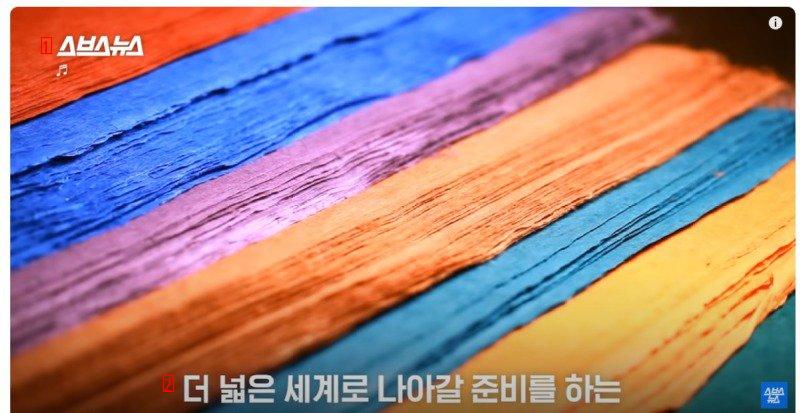
image text translation
(2)Preparing to move into a wider world
(1)Korean traditional paper, Hanji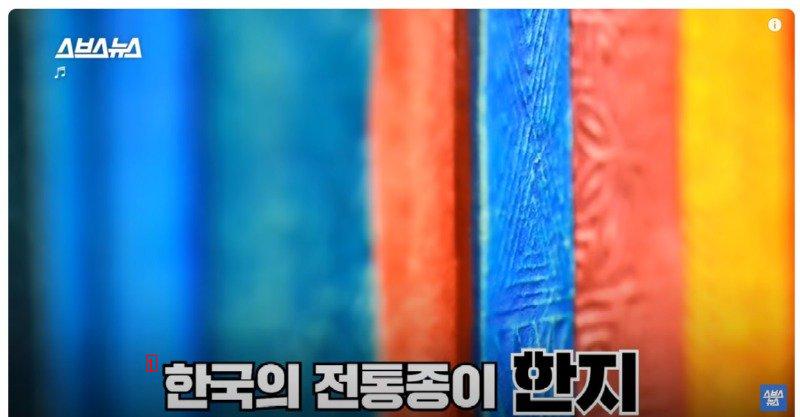
image text translation
https://www.youtube.com/watch?v=nA7x63rPXLA
——————————–
It turns out that Japanese paper is not the best in the world.
Korean paper was number one in the world.
Below is Korean paper that is about 1,000 years old.
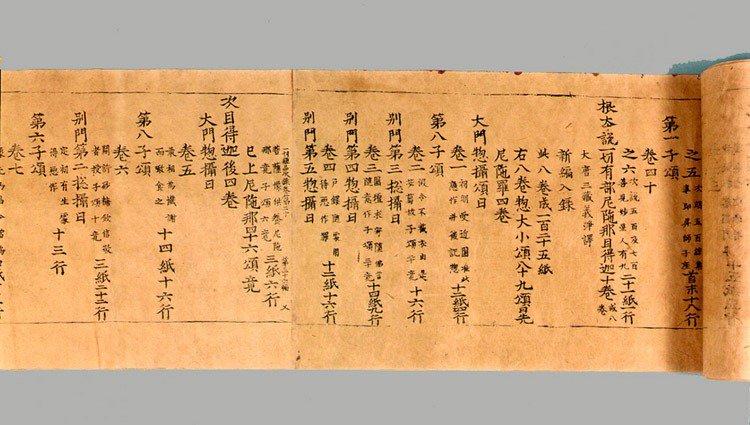
image text translation
The first version of Shinchanilchegyeongwonpumcharok / Woodblock version
National Treasure No. 245
Goryeo 11th century
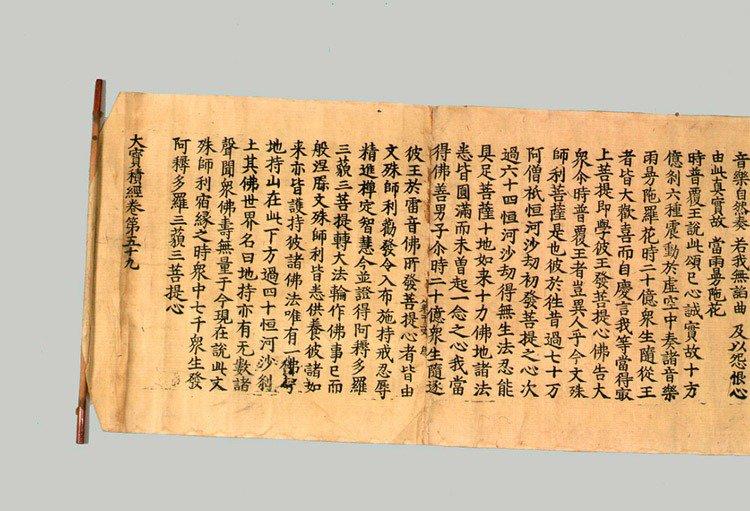
image text translation
The first edition of the Great Treasure Sutra
National Treasure No. 246
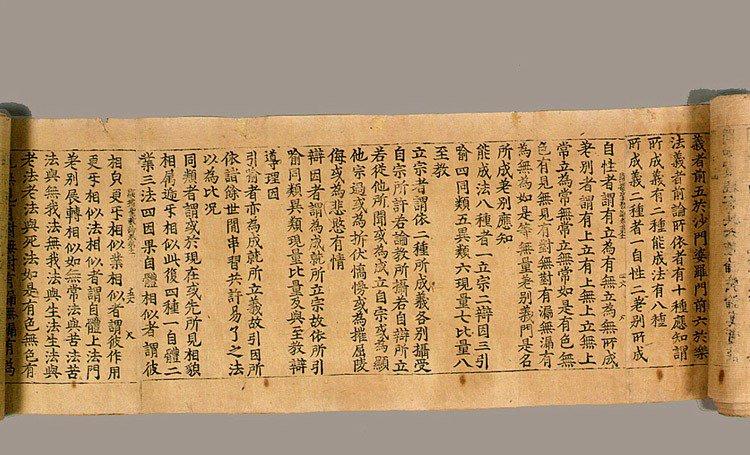
image text translation
The first version of the theory of present positive teachings / Woodblock version
National Treasure No. 243
Even after 1,000 years, it is still in good condition.
Below is Korean paper that is about 700 years old.
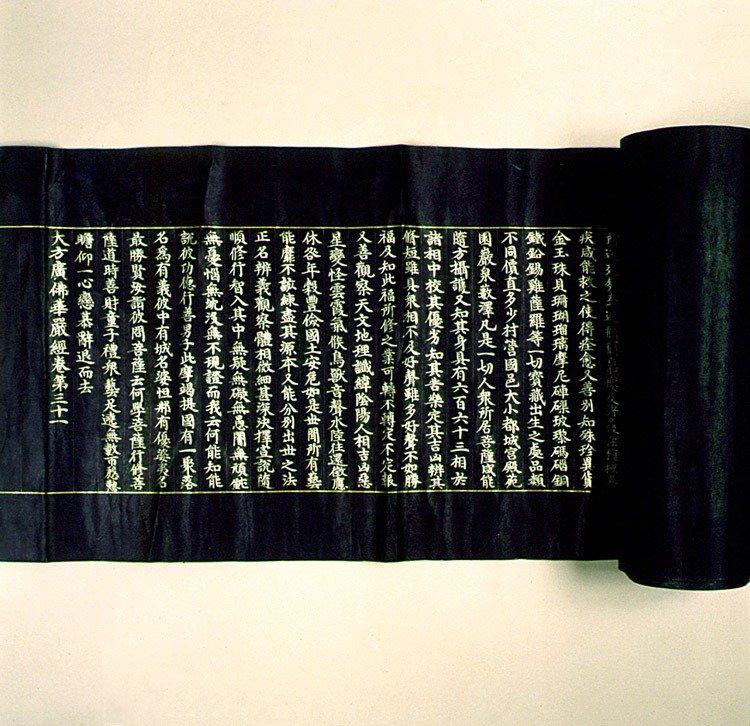
image text translation
Gamji-eun-ni Daebang-gwangbul Avatamsaka Sutra Garden Edition
National Treasure No. 215
Goryeo 1337
It’s paper with black paint.
(Written in silver.)
Even though 700 years have passed, it looks as if it was made recently.
Below is a report from a Japanese traditional paper expert who came to Korea.
I am delighted that I have found the origin (root) of traditional Japanese paper.
A story about working together.
————————————————– ————————————
[Excerpt]
Protecting ‘Millennium Hanji’, a 100-year relationship spanning two generations
Hankyoreh Newspaper
2010.11.22.
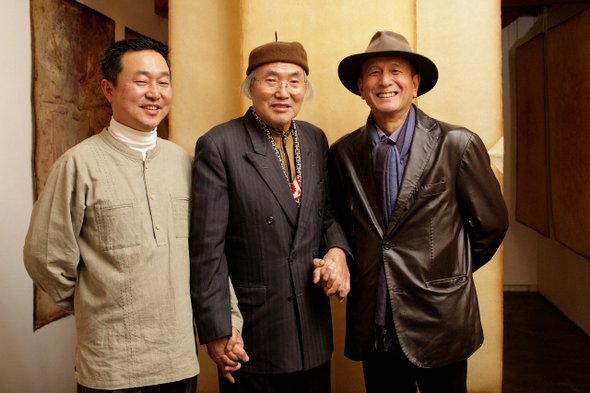
image text translation
Naoaki Sakamoto (62, right, CEO of Paper Nao) whom I met last week at the ‘Jangjibang’ Seoul store located in the alley across from Jogyesa Temple in Seoul.
He is a person who made a decisive contribution to reviving the 500-year paper bond between Korea and Japan that could have been severed.
Jang Seong-woo (43, far left), the eldest son and successor to Jang Yong-hoon (center) and Han Ji-jang, said he vividly remembers the first time he met President Sakamoto as if it were yesterday.
“One day in 1997, a polite foreign gentleman came all the way to the Cheongpyeong factory, grabbed my father’s hand and even bowed deeply.
“It was the first time I looked up to my father and felt proud of what I had done.”
Seongwoo Jang
‘I finally found Onmyoji, the source of Japanese Shikoku ‘Senkaji’, which is believed to have come from Joseon during the Japanese invasions of Korea.’
as
From President Sakamoto, who is thrilled
He received great encouragement and stimulation, and in 2000, he became Gyeonggi-do’s 16th Intangible Cultural Asset No. 16 Jizo inheritor, and together with his younger brother Jinwoo, he developed ‘paper paints’ such as cloth paint and persimmon water that can be used to make various colors of Korean paper.
The onmyangji that impressed President Sakamoto refers to the two-ply thick Korean paper commonly used as door and window paper.
This is the paper on which
President Sakamoto said, “When I first came to Korea in 1988, I could get onmyangji in Insa-dong, but when I came back 10 years later, I was surprised that there were no craftsmen making it in Jeonju or Wonju.”
since then
year after year
He became a big customer in the Jangji region, ordering 100,000 to 200,000 sheets of Onmyoji paper.
.
Onmyoji, reprocessed in his hands into various colors and uses, is spreading not only to Japan but also to the UK, Europe, and North America.
http://v.media.daum.net/v/20101122092033777
—————————–
Because people around the world don’t know much about Hanji
Japanese paper, a descendant of Hanji, has recently been evaluated as the best in the world.
Now, as people around the world gradually become aware of the existence of Hanji,
The era has come when Hanji is considered the best in the world.
